Even a young division like the Multinational Division-Central (Airmobile) has a history. It’s the result of an idea which both NORTHAG and AFCENT had been fostering for some time: the establishment of a fast moving, light but potent airmobile division, as a flexible reserve, could be used for a multitude of tasks.
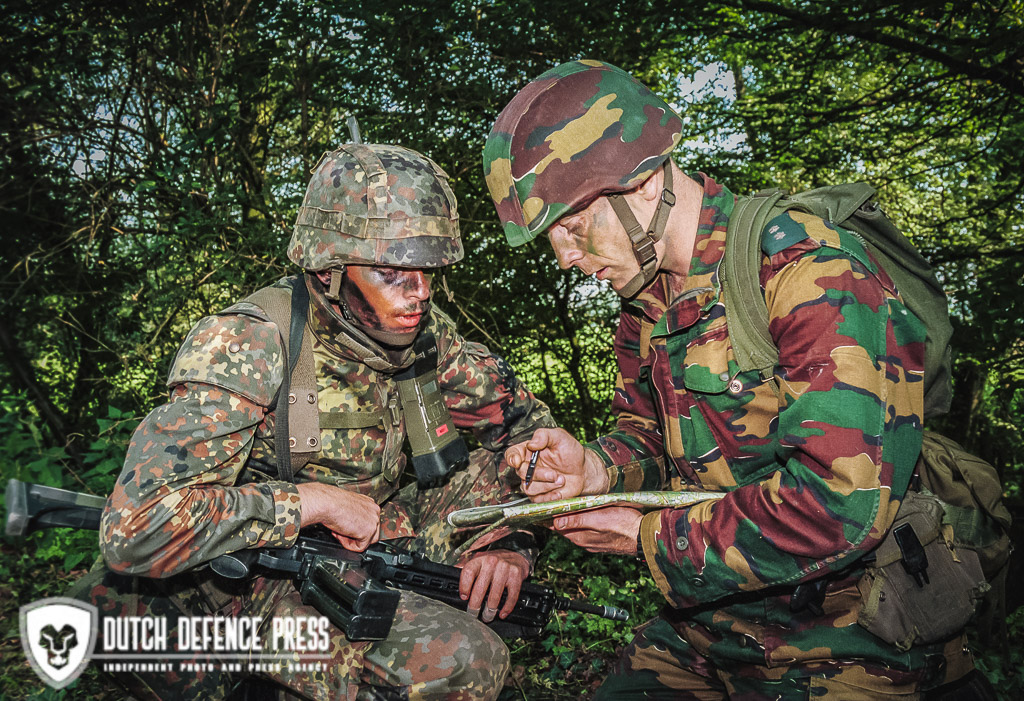
The changes in the European political structure and the security environment gave this idea even more impetus; as such a combat formation would be ideal for crisis management. On 15th January 1992, the Ministers for Defence of the four participating nations (Belgium, Germany, The Netherlands and the United Kingdom) signed a Memorandum of Understanding covering the establishment and operation of the Activation Staff for a multinational military headquarters to command and control the MND-C (Airmobile). In April 1992, the Activation Staff was formed. Today, the Divisional HQ consists of 55 officers and 60 NCOs and other ranks. A 191 men strong German headquarters company provides support to the divisional staff. The MND-C comprises 16th Air Assault Brigade based at Colchester, in the United Kingdom, Para-Commando Brigade based at Heverlee, in Belgium, 31st Airborne Brigade based at Oldenburg, in Germany, and the 11th Air Manoeuvre Brigade (AMB) [which consists out of the 11th Airmobile Brigade and the Tactical Helicopter Group] based at Arnhem, in the Netherlands. It has a permanent multinational headquarters collocated with HQ Allied Command Europe Rapid Reaction Corps (ARRC) in Rheindahlen, Germany and is under the operational command of COMARRC.
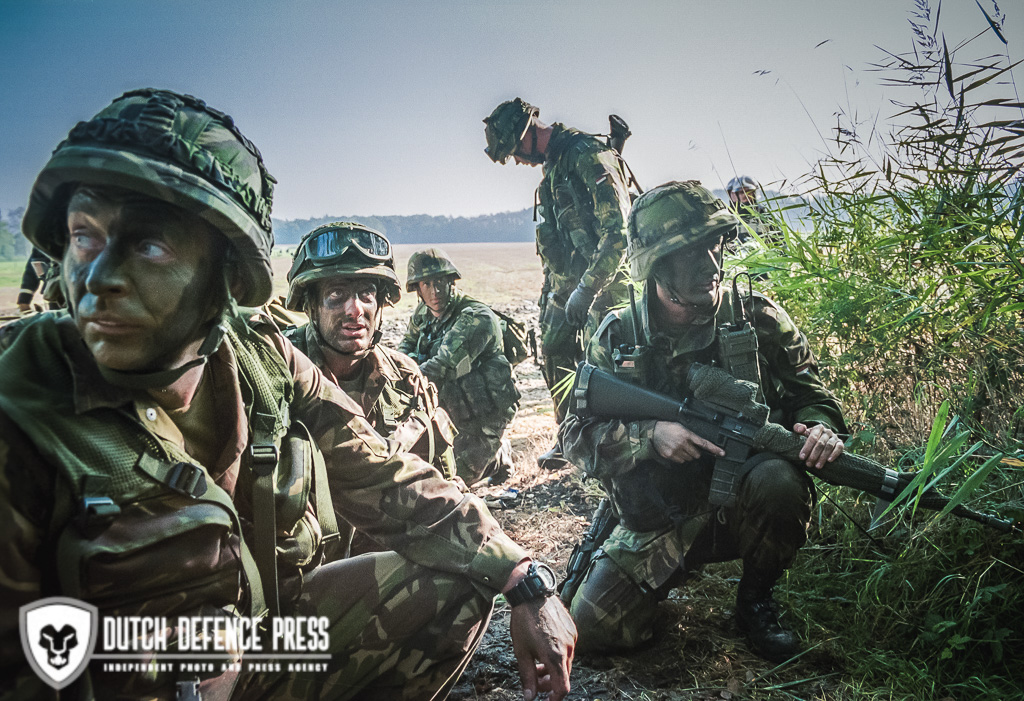
The assigned brigades are held as national assets until command authority is transferred to NATO. Including combat support and combat service support units and additional Special Forces units from other force structures required for operations the total strength of the MND-C may vary between approx. 18.000 and 22.000. Training contacts with subordinate brigades comprise commander’s conferences, map exercises, study periods and command post exercises (CPX) or field training exercises (FTX). Once every year, one of the assigned brigades hosts an FTX called ‘Artful Issue’, this year it was the turn of the Dutch 11th AMB, which took place from 18th till the 29th of September 2000 in the Netherlands and in Belgium.
The primarily aim of this exercise was to show inter-operability both in the air and on the ground, between the multi national units. The exercise started the first days with cross-training activities, in order to familiarize with each other’s equipment and standard operational procedures, and were used to built up towards the air manoeuvre missions, that were to be conducted in the second half of the exercise. The first days were spend among others on the Infantry live-firing range, where everybody had the opportunity to shoot with the divers personal weapons, such as the Dutch equipped Diemaco C-7A1 / C-8A1 assault rifles and the GLOCK 17 pistol, the UK used SA-80 assault rifle and SA-80 Light Support Weapon, the German HK G36, and the Belgium FNC assault rifles.
While asymmetric threats, such as chemical or biological weapons, are a likely scenario, the 11th AMB battle staff believes that conflict itself increasingly will center on urban environments. For future scenarios, there’s a good chance it will found itself committed to fight in the urban environment, whether it’s skyscrapers, a slum or urban sprawl. That means in the future, air manoeuvre forces will fight in the air, in buildings, on the streets, and in subways or sewers, simultaneously. While conducting military operations in urban terrain (MOUT) is complex, combatants must deal with a wide range of environments and infrastructures, as well as civilian populations. Since the end of the Cold War, armed forces have increasingly been called upon to deploy in urban theaters in conflict and peace support scenarios. As a result, MOUT/FIBUA (fighting in built-up areas) experience is an essential ingredient of a soldiers’ training. Therefore time was spend at ‘Oostdorp’, the Dutch MOUT training area, where all units were mixed and trained together various techniques and skills, in clearing and securing buildings. Especially the ‘Gurkhas’ of C (Gurkha) Company 2 PARA (UK), proved to be highly experienced masters in urban warfare.
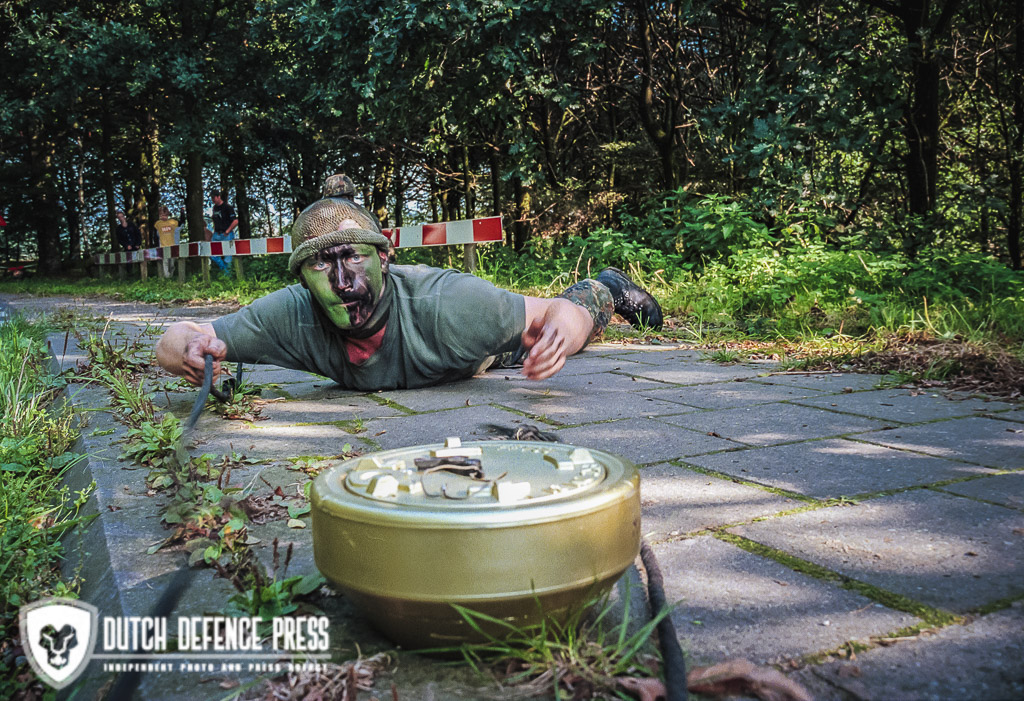
While two of MND-C brigades (Belgium Para-Commandos and the German 31st Airborne Brigade) are primarily airborne equipped, and trained for insertion by parachute or free fall parachute (from 1.000 feet, until a height of 14.000 feet), and by parachute from extreme heights, with the use of oxygen breathing equipment (until 30.000 feet). This is a field where the Belgium Para-Commandos have shown, that they are the unit with the most expertise and skills. They have teams in each company that’s specialized in the following insertion techniques: by parachute through the High Altitude High Opening/High Altitude Low Opening [HAHO/HALO] method, with some free-fall members who are qualified tandem-jump master, to insert with this technique non parachute qualified specialists like surgeons, non military personnel, journalists etc. During the second day of the exercise a Belgium colleague journalist and I had the opportunity to experience such a tandem-jump live. That day also was used to cross-train the four nations paratroopers. I have witnessed the thoroughly prepared ground training, briefings and detailed planning cycle where wind speeds, and weather conditions plays a vital factor, prior before the actual jump was executed.
At 15:00 hours ZULU time, 2 C-130 (from 20 Sqdn, Belgium Air Force) and 2 C-130H (from 334 Sqdn, Royal Netherlands Air Force) departed from Deelen Air Base (NL) with approx. 200 paratroopers on board, and headed to the drop zone (DZ) Ginkelse Heide, which in fact is historical ground [while on the 17th of September 1944, the skies above the Ginkelse Heide were filled with gliders and parachutes of British, Polish and US paratroopers, which was the prelude to Operation ‘Market Garden’]. At 16:00 hours ZULU, we’ve reached the DZ, and at an altitude of 1.500 feet the paratroopers exit through both doors in sticks of 15 troopers, where a static line opened their canopies automatically. Afterwards the C-130 with the Belgium Para-Commando free fall team and I proceed climbing until we’ve reached an altitude of 13.000 feet, where I was strapped and connected to the front torso of my Tandem-jump Master [the Belgium Para-Commando “den Ivo” Measen]. And on the green light we both exit the aircraft from the lowered back-ramp, to conduct a free-fall that lasted approx. 65 seconds, reaching a speed of 220 km/h before we opened the mattress shaped canopy and descent quietly to the smoke marker on the ground.
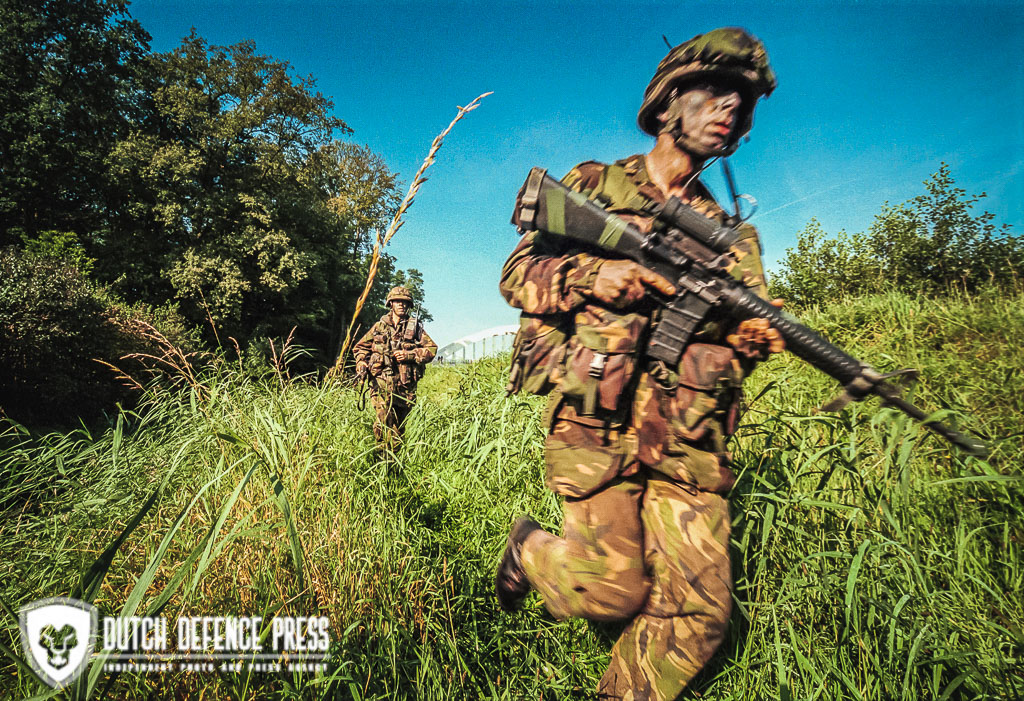
During the initial first phase of ‘Artful Issue’, the helicopter troop drills and procedures, in mounting and dismounting of troops, and rigging of various equipment in underslung loads, caused by the use of various types of helicopters in this exercise played a key topic. Cross-training in the communication procedures, while an air manoeuvre operation is characterized by the vast communication density, was also practiced frequent. Besides brigade and division HQ communications, information needs to be exchanged with pre-deployed mobile air operation teams (MAOT), Special Forces teams, fixed wing aircraft, helicopters and committed airmobile units, both during aerial transport, landing and follow-up operations. Also the MND-C ability to operate round?the?clock missions and collateral activities, increasingly call for interaction with the diverse joint and multinational forces, with a corresponding need to acquire and transfer large amounts of information reliably, securely, and in real-time. In each mission, means of communication, plays an important and vital role in its success, without it it’s almost impossible.
Finally on Saturday the 23rd of September, after the cross-training and build-up phase, multiple elements of the MND-C were deployed in force to show the capabilities of the division in an air raid operation. Main objectives, was to secure and seize two bridges across the Twenthe-canal nearby the village Almen, and a Floodgate across the same canal nearby the town of Delden. The Floodgate at Delden was in the possession of opposing forces (OPFOR), which consisted out of elements of 11th AMB (NL), and the 1st troop Airborne Pioneer Coy 270 (GE), who had taken defensive positions, and set-up explosive charges to blow the Floodgate in case of a retreat. Suddenly and totally by surprise, OPFOR faced several AH-64D Apache attack helicopters (302 Sqdn, RNLAF) in an screening and reconnaissance sortie searching for combat information while battling enemy positions and gunners.
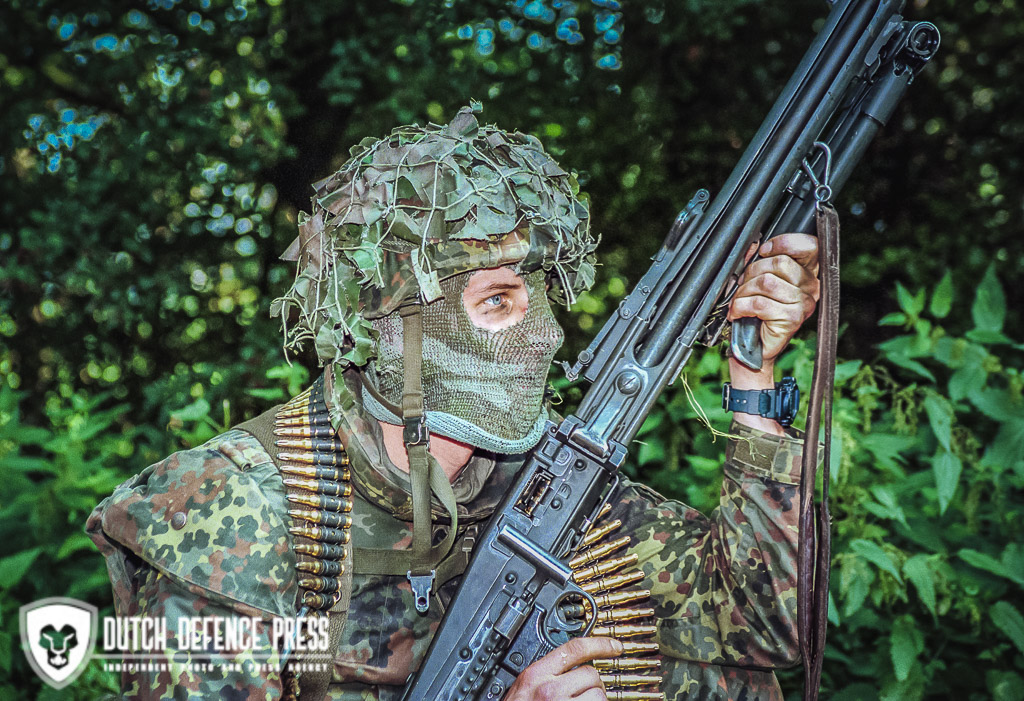
Shortly after under close fire support of the Apaches, followed by the first wave of CH-47D ‘Chinooks’ (298 Sqdn, RNLAF), which transported the C (Gurkha) Company 2 PARA (UK), and AS-532 U2 Mk II ‘Cougars’ (300 Sqdn, RNLAF) transporting elements of the Dutch 12th Infantry Battalion Airmobile ‘Regiment Van Heutsz’, including the staff. These elements assaulted the OPFOR positions at the Flood-gate so rapidly, that they had no time to set of the explosive charges. The Gurkhas and Dutch soldiers were rapidly reinforced by the second wave of several UH-1D Bell [HFlr Rgt 30, Fliegende Abteilung 301, (GE)] and Bo-105M [HFlg Rgt 15, Fliegende Abteilung 151 (GE)] helicopters, bringing in elements of the 11th Airmobile Engineer Coy to secure the explosive charges, and teams of the 11th Airmobile Air-Defence Coy equipped with Stinger (FIM-92A) weapon systems to set up an air-defence perimeter, together with add-on medical assistance and performing casualty evacuation. Once the objective was seized and secured, defensive positions and precautions were taken, to hold and wait for the main force to arrive. After that the airmobile units waits for extraction by helicopter and return to their staging area.
On that same day preparations were made for conducting the next air manoeuvre operation, an air assault, which was scheduled for Monday the 25th of September and which would be daily repeated till Thursday the 29th. The scenario for this event was that, during an UN Peace Support Operation, UN employees were taken hostage, and were hold in captivity on an airfield nearby the Belgium village Weelde. MND-C is called upon to set-up a task force to free these hostages by military force. On Saturday, two days prior to the Air Assault Operation, ten (UK) Special Forces teams were inserted by parachute through the HALO method, conducting Special Reconnaissance. These teams were infiltrated behind enemy lines to provide the task force commander with intelligence on the enemy, gathering detailed and precise information on the terrain, local populace, verify, through observation and other collection methods, information concerning enemy capabilities, intentions, and activities in support of the operational objectives, while anticipating the deployment of the air assault units.
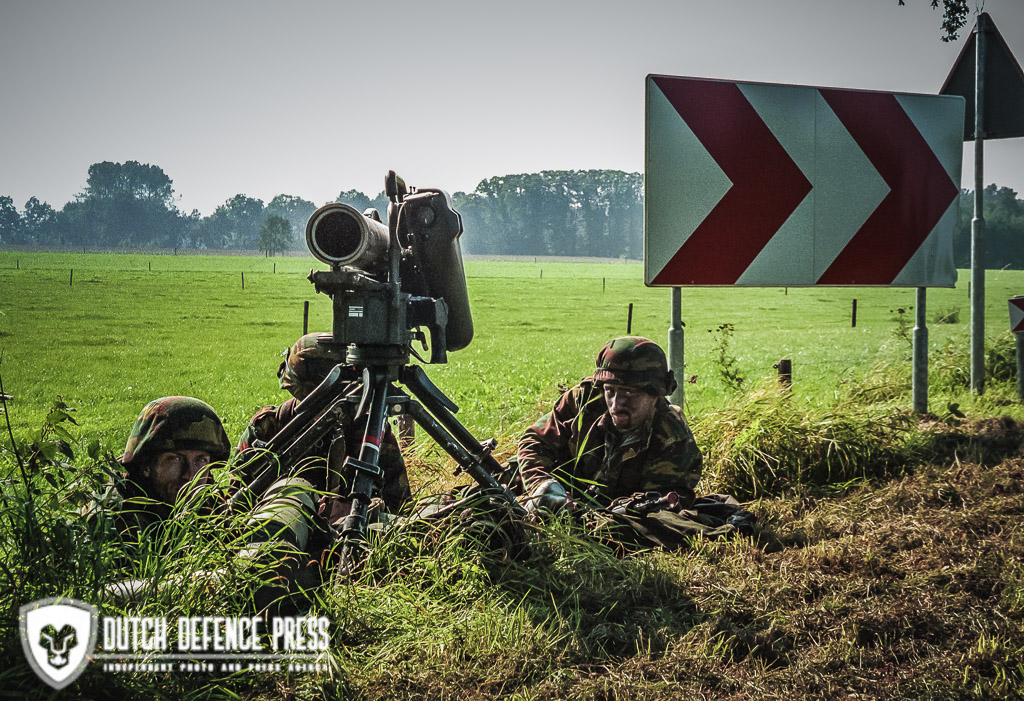
Intelligence rightly holds primacy of place, eyes on target are essential. Air assault forces endeavoring to go deep, need to find out vital information about the adversary. These teams also conduct direct action as soon as the operation begins, they designate or illuminate with a ‘Laser Target Designator , targets for laser precision-guided munitions, in order to take out the enemies air-defence assets. One day later on Sunday the 26th, Dutch MAOT teams were inserted together with Stinger air-defence teams, to designate and prepare the landing zones (LZ). The OPFOR air-defence assets consisted out of a unit of 214 Air Defence Battery (UK), equipped with the ‘JAVELIN’ short-range (max. range of 4.5 km and at max. 3.000 feet altitude), close air defence guided weapon system. Its primary role is the protection of the airfield against low-level air attack. This weapon system is connected with the Air Defence Alerting device, which is a passive air defence alerter, operating as an infra red search and tracking system in the 8 to 14 micron waveband, the alerter is designed to operate against low and fast moving fixed wing aircraft, as well as the latest generation of attack helicopters.
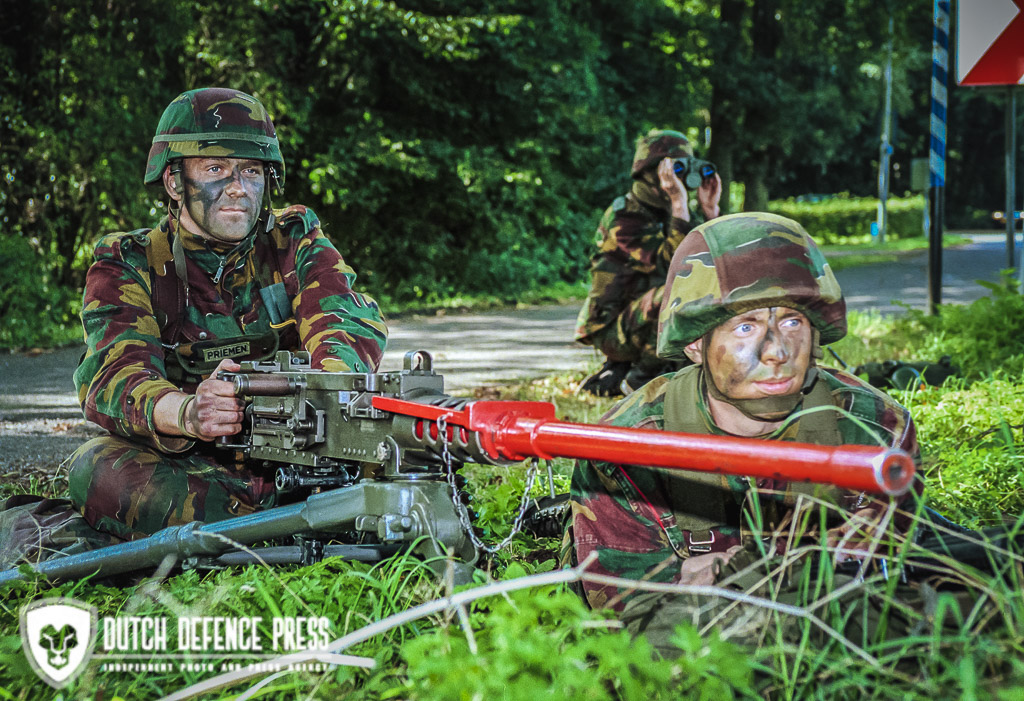
On Monday at 08:30 hrs ZULU, prior to the Air Assault, Belgium Para-Commandos (21 Company 1 PARA) were parachuted approx. 5 km from the airfield. At 09:00 hrs ZULU, a balance of fixed wing aircraft (Air Force) resources, conducted joint / suppression of enemy air defense (J/SEAD) sorties against OPFOR defensive and air-defence positions by direct attack (by RNLAF F-16 MLU and GAF Tornado IDS), electronic attack (by GAF Tornado ECR), and indirect attack (AWACS), all cooperate to rip out the key strips in the enemy air defense grid. J/SEAD practically serves as a key that opens the door, by disrupting, degrading, or deceiving enemy air defenses. Once the first holes in the opponents antiaircraft umbrella have been torn and widened, at 09:30 hrs ZULU, fire support means twist through to compound the damage. This fire support effort concentrates on chargers of AH-64D Apache attack-helicopters to sow mayhem, racing through gaps, whether found by stealth or made by fire, and excel in identifying and destroying enemy defense positions, headquarters and vehicle parks. And weakens the enemy’s will to fight and paralyzes his response. It’s the hard left hook that sets up the finishing right jab of the air assault, which took place at 09:40 hrs ZULU. Two waves of a mix of various transport helicopters (GAF CH-53G, Bo-105M, UH-1D and RNLAF CH-47D, AS-532 U2), carrying various loads in underslung and putting mixed elements of the MND-C on the ground at divers vital locations on the airfield, maintaining a rapid tempo of operations by fighting simultaneously in more than one direction.
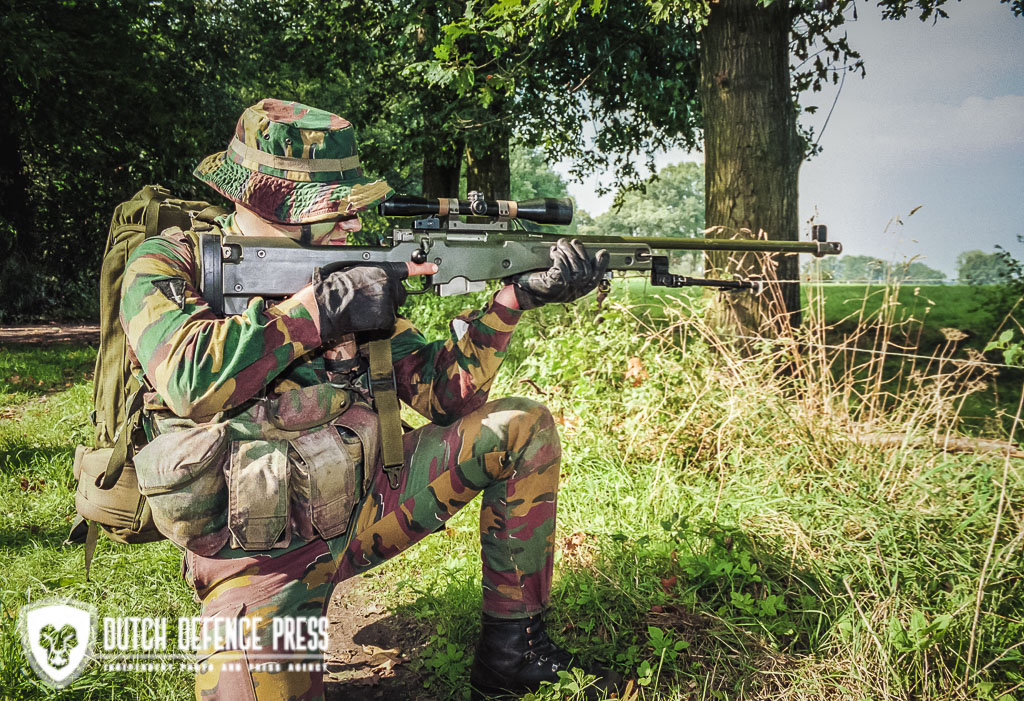
Rapid movement of forces during this close battle allows at the same time friendly forces to maintain the momentum and force the enemy to fight in a changing situation. Shortly after, when the runways and the near vicinity of it was cleared from enemy resistance, four C-130 Hercules transport aircrafts landed, to unload Belgium Para-Commandos, eight Wiesel 1 armoured tracked vehicles, of which six where mounted with the TOW-2A medium/long range anti-tank weapon, and two of them where equipped with the Mk 20 A1 20mm cannon, plus various wheeled vehicles with German paratroopers. All these elements immediately took in defensive positions on the airfield, to counter any attack. The liberated UN-employees where extracted in the C-130 transport aircraft. Soon followed with the extraction of all committed forces in the previous air assault operation. These kinds of air manoeuvre operations spins so rapidly through time and erupt so widely across the battlefield that no adversary can really hope to match it.
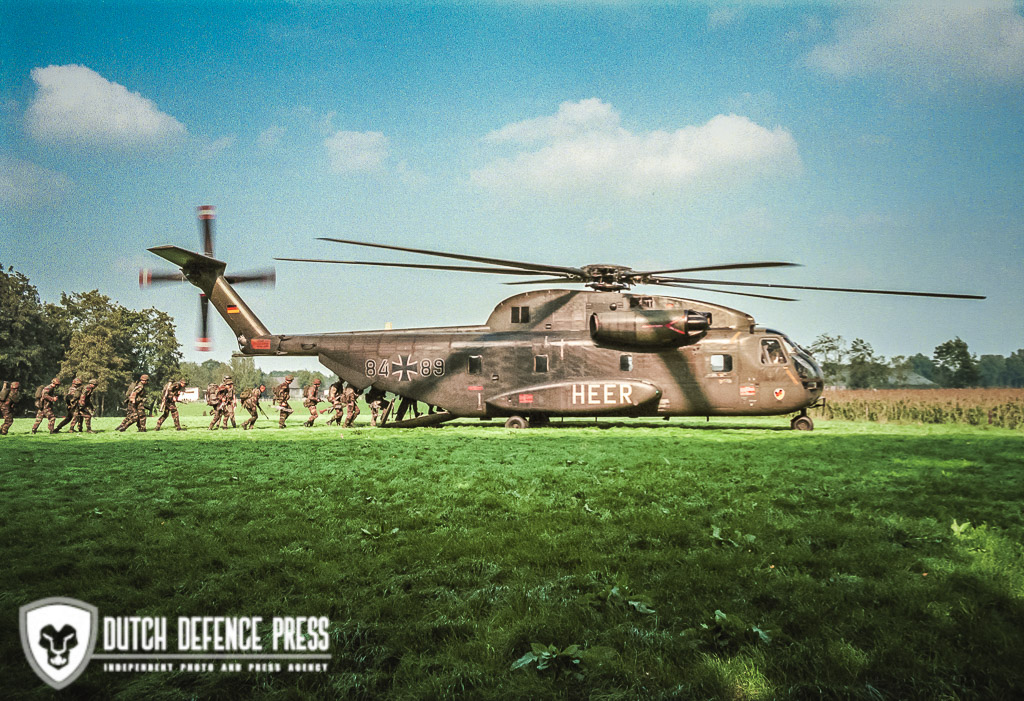
Exercises like ‘Artful Issue’ are very useful and important for the RNLA 11th AMB, in working up to the status fully operational capable (FOC) by the end of year 2003. The brigade must have obtained a status Initial Operational Capability (IOC) in the early beginning of January 2002. [IOC means that all personnel and equipment are available and company sized units are trained] The 11th AMB provides a military capability that is politically very useful. Throughout its recent eight years of history, it has been both a peace and support operations (PSO) and an expeditionary force. The brigades proven ability to deploy within a matter of days and to train and operate successfully in mountain, jungle, desert and urban environments, makes today’s 11th AMB a highly experienced, professional and mature force. Although the brigade emphasizes and has soundly demonstrated the versatility and proficiency in (PSO), 11th AMB primary focus remains with combat operations. The 11th AMB primary mission is to fight the land battle and to support ground operations, and its battlefield leverage is achieved through a combination of reconnaissance, mobility, and firepower that is unprecedented in land warfare. Air Manoeuver forces will greatly enhance the commander’s ability to apply four fundamental principles of war, maneuver, mass, surprise, and economy of force. It’s most definitely clear that the 11th AMB is growing towards a situation where expeditionary and PSO operations will be an important part of the core business of the RNLA.



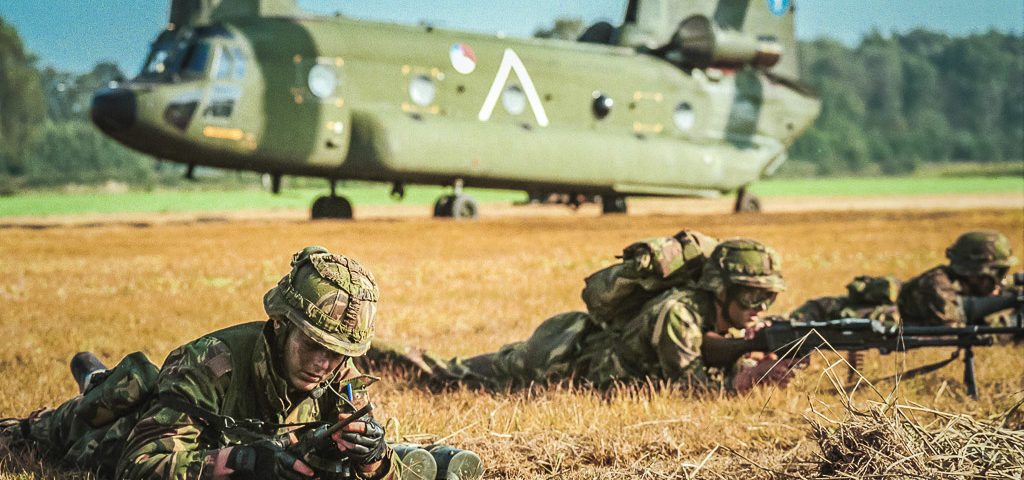
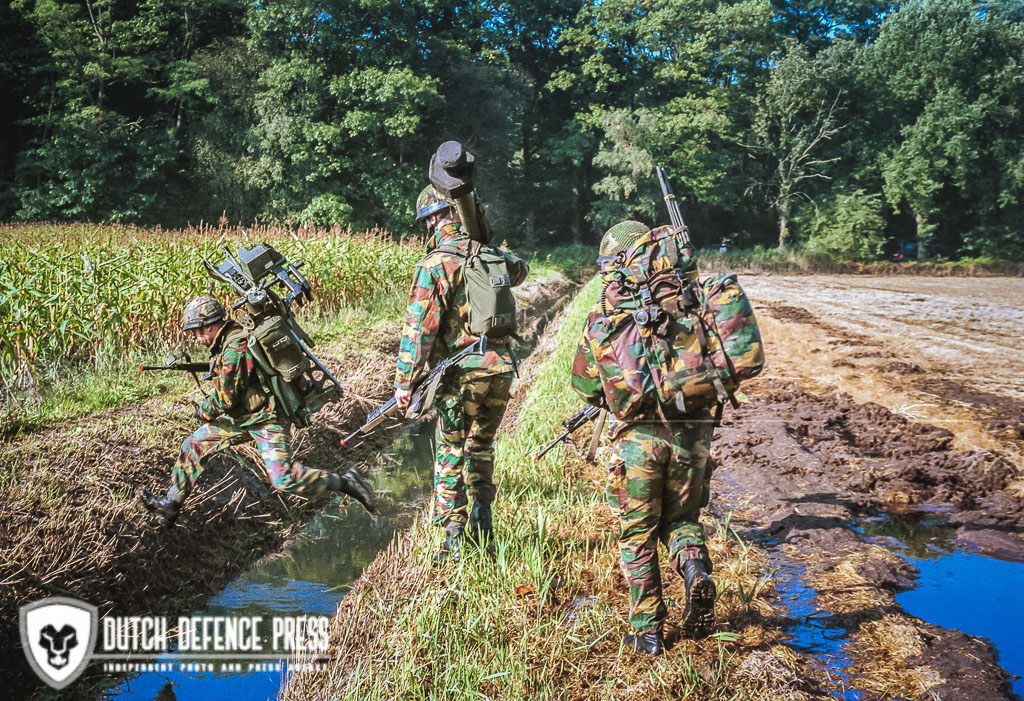
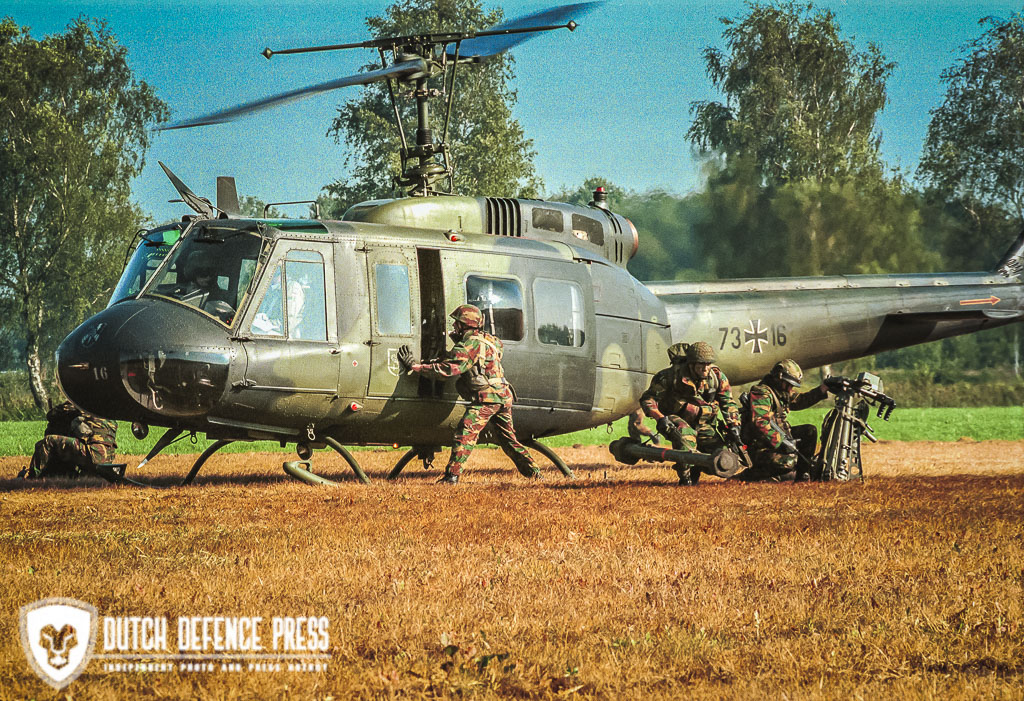
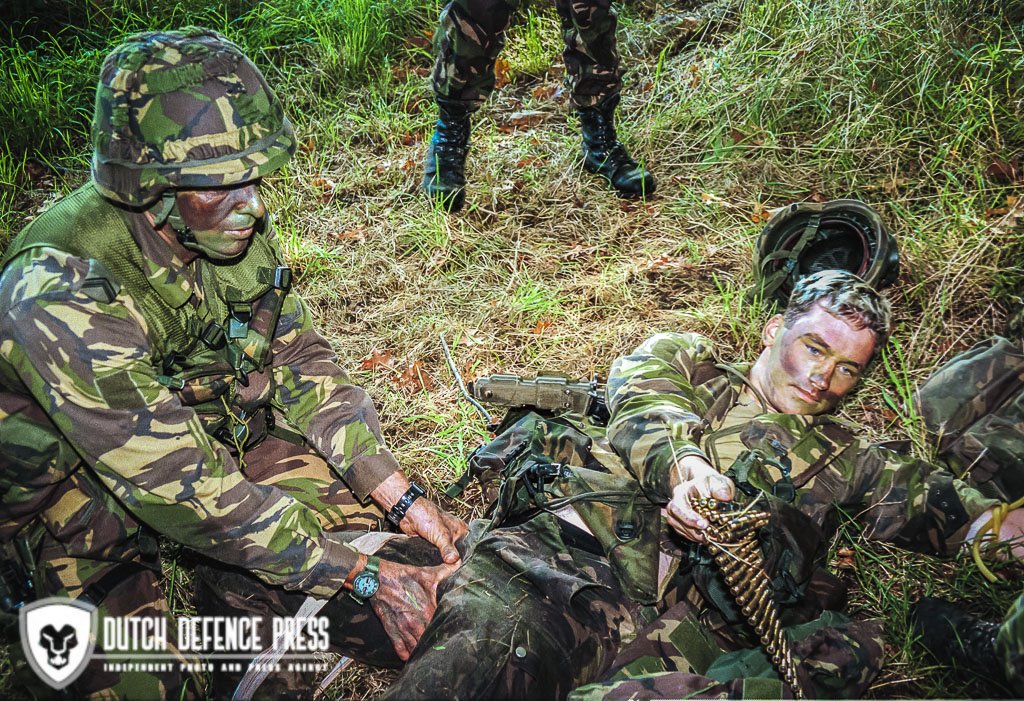
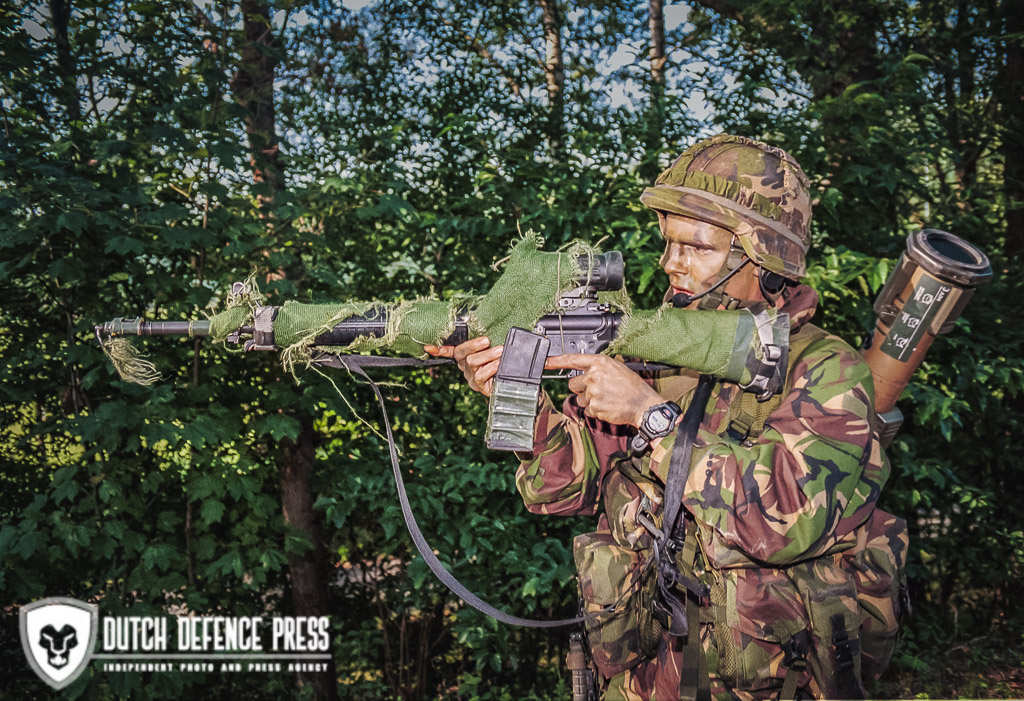
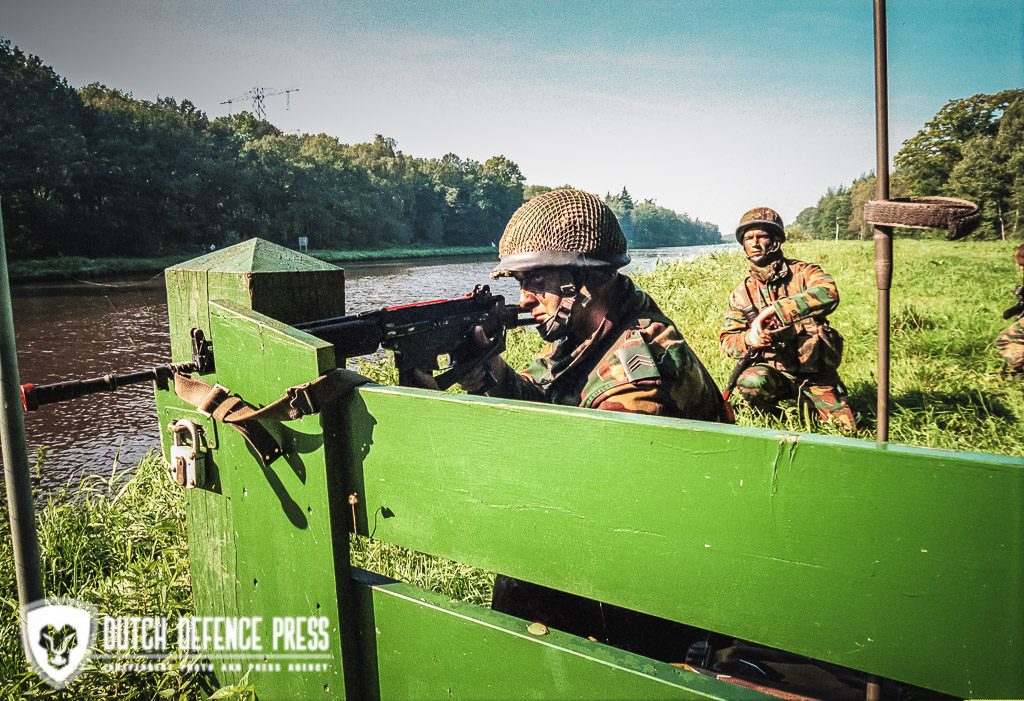
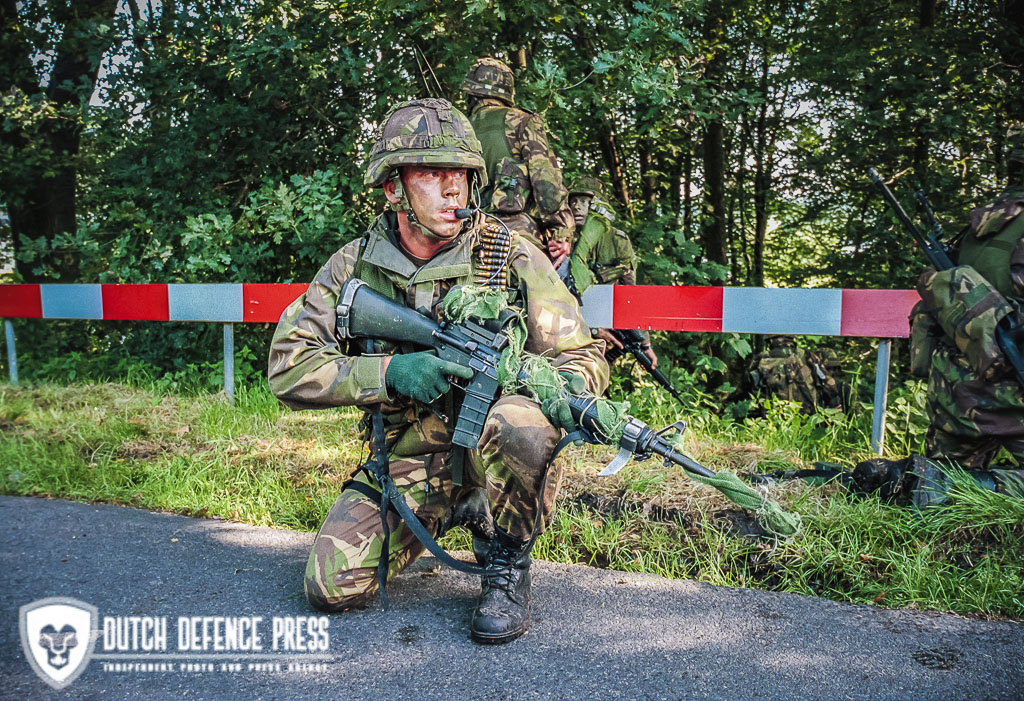
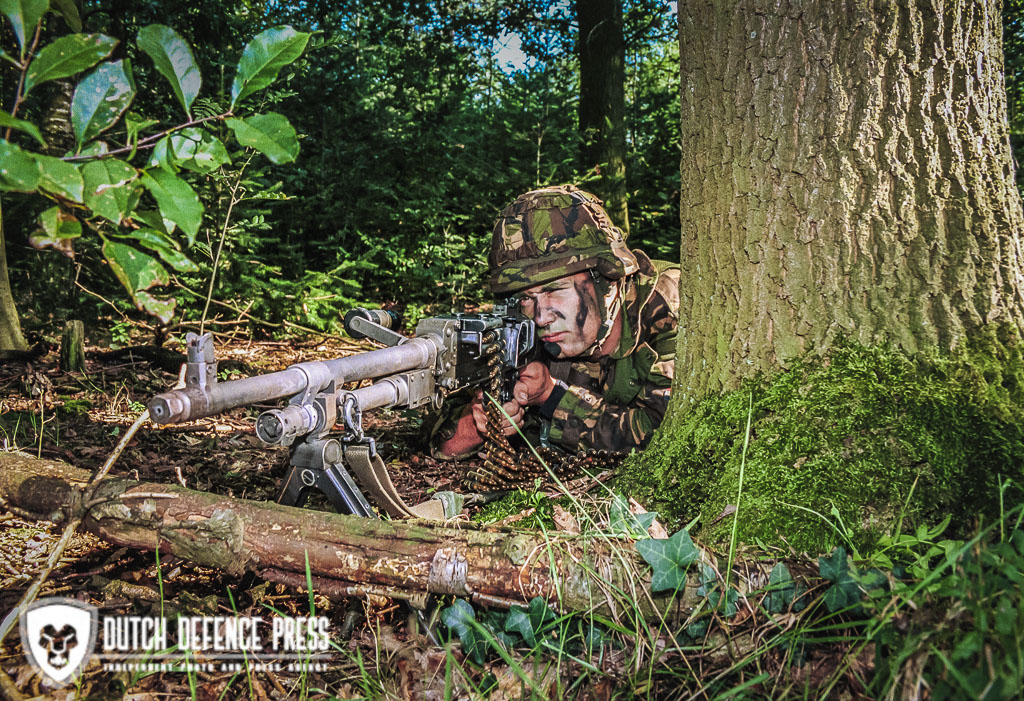
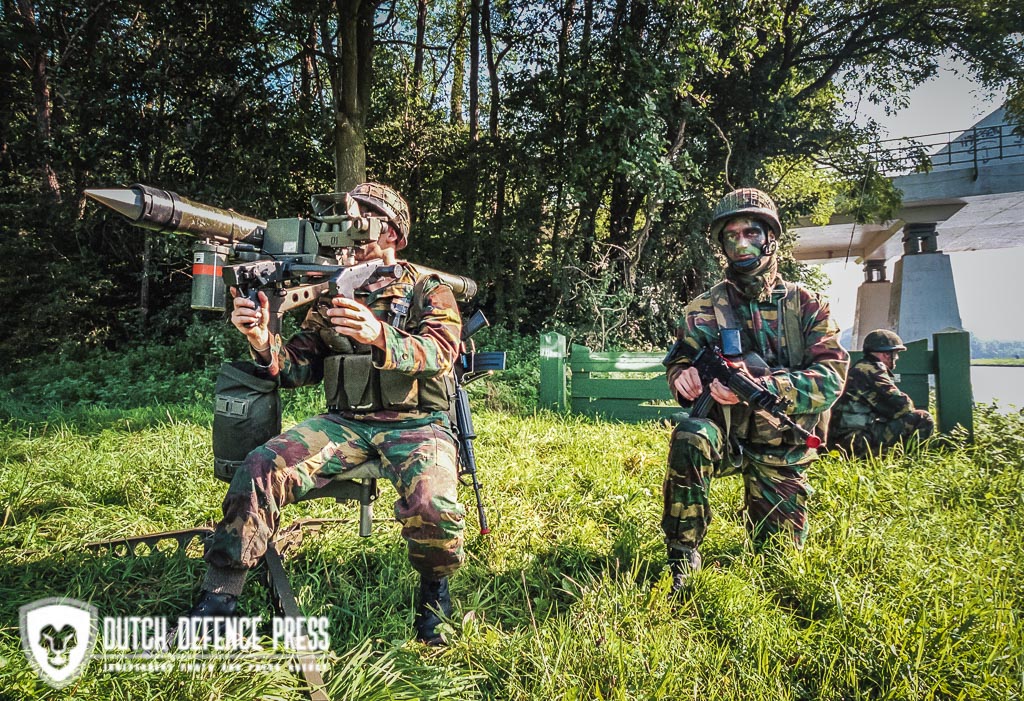
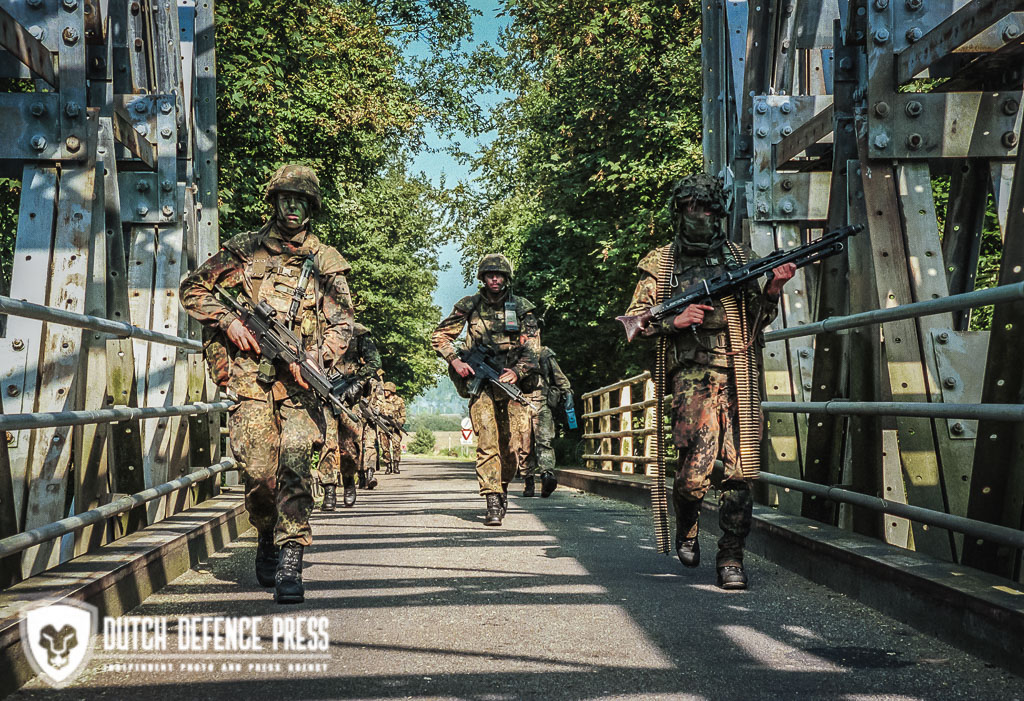
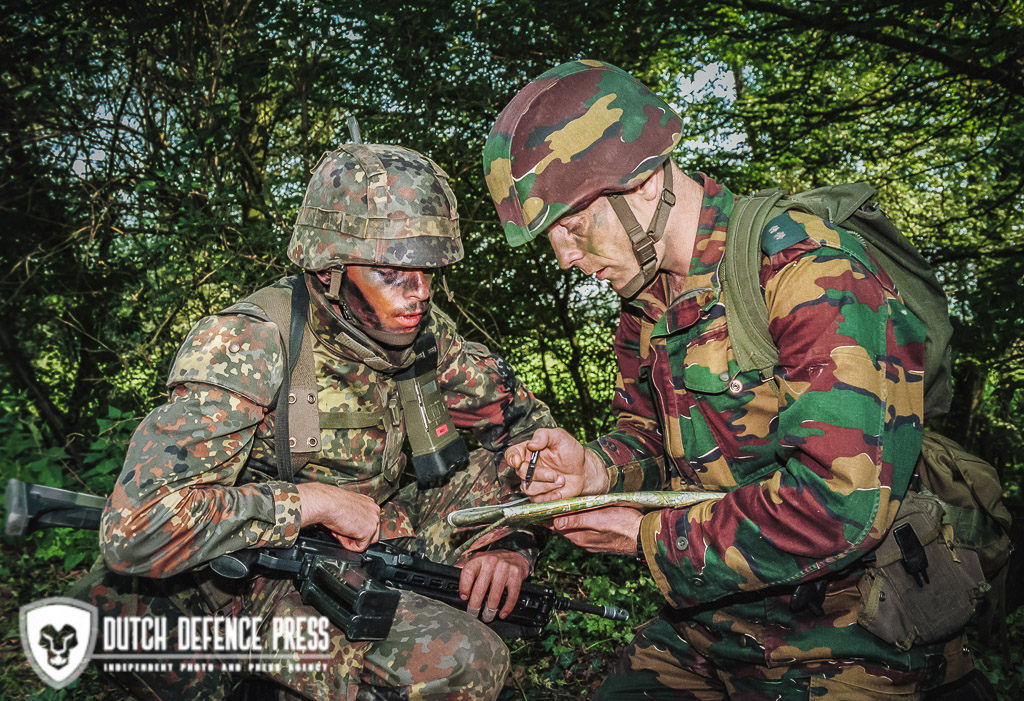
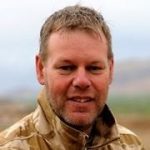
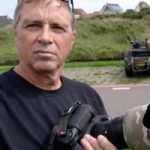
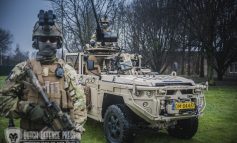
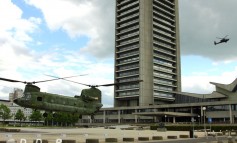
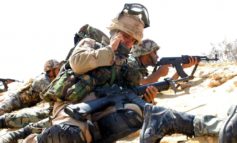
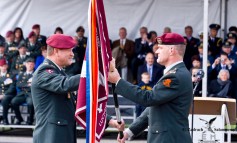
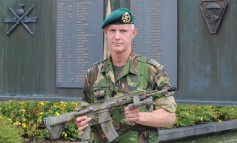
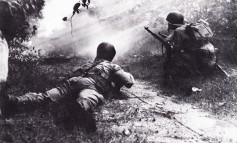



Leave a Reply